- Remittance
- Exchange Rate
- Stock
- Events
- EasyCard
- More
- Download
Spot Gold Prices, Which U.S. Stocks Are Affected?
Factors Influencing Gold Prices
Gold has always been one of the safe-haven assets that investors pay close attention to, with its price affected by a variety of factors. From the global economic situation to geopolitical risks, as well as changes in monetary policy, all can have a significant impact on the price of gold.
- Global Economic Conditions: Economic growth, inflation, unemployment rates, and other factors can affect the demand for and price of gold. In times of economic instability or increased inflation, investors often move their funds into safe-haven assets like gold.
- Monetary Policy: Changes in the monetary policy of the Federal Reserve, especially interest rate decisions and adjustments in the money supply, have a direct impact on gold prices. For example, a low interest rate environment usually boosts gold prices because it lowers the opportunity cost of holding gold.
- Geopolitical Risks: Geopolitical tensions, wars, terrorist activities, and other events can trigger an increased demand for safe-haven assets, thereby driving up the price of gold. Examples include the Russia-Ukraine conflict, Middle East situations, etc.
- U.S. Dollar Exchange Rate: Since gold is typically priced in U.S. dollars, fluctuations in the exchange rate can directly affect gold prices. Generally, a stronger dollar may lead to lower gold prices, and vice versa.
- Supply and Demand: The supply of gold is influenced by factors such as mine production, recycling rates, and central bank holdings, while demand is influenced by jewelry manufacturing, industrial uses, and investment demand. Changes in supply and demand can affect gold prices.
- Speculative Activities: Speculative trading and investor sentiment can also affect the short-term volatility of gold prices. Trading activities by large investors and fund managers can lead to market price fluctuations.
- Physical Demand: Besides investment demand, gold also has physical demand in jewelry, industrial applications, etc. Therefore, global economic development, population growth, consumer preferences, and other factors can also affect gold prices.
Recent Trends in Gold Prices
Amid cooling hot inflation data in the U.S. and expectations of an early interest rate cut by the Federal Reserve, gold prices have fallen for the second consecutive week, with a decrease of 0.6% this week.
On Friday (February 16), spot gold closed up 0.44%, at $2013.16 per ounce.
Data showed that the U.S. Producer Price Index (PPI) for January exceeded expectations. Another report on Tuesday showed that last month’s U.S. Consumer Price Index (CPI) also exceeded expectations.
Although gold is considered an inflation hedge, higher interest rates have diminished the appeal of non-yielding bullion.
“The U.S. economy is quite strong, indicating rising inflation, which is a headwind for gold,” market analyst Everett Millman said, “I expect gold prices to further decline to around $1960 per ounce.”
Traders have pushed back their expectations for a U.S. rate cut from March to June. According to the CME FedWatch Tool, the market currently expects a 73% chance of a rate cut in June.
Gold-Related U.S. Stocks
Fluctuations in spot gold prices can affect multiple U.S. stocks, especially those related to the gold industry and companies. Here are some U.S. stocks that may be affected by gold price fluctuations:
- Gold Mining Companies: The stock prices of gold mining companies like Newmont Corporation (NEM), Barrick Gold Corporation (GOLD), etc., are usually directly affected by changes in gold prices. When gold prices rise, these companies’ profits and stock prices may benefit; conversely, when gold prices fall, their profits and stock prices may be pressured.
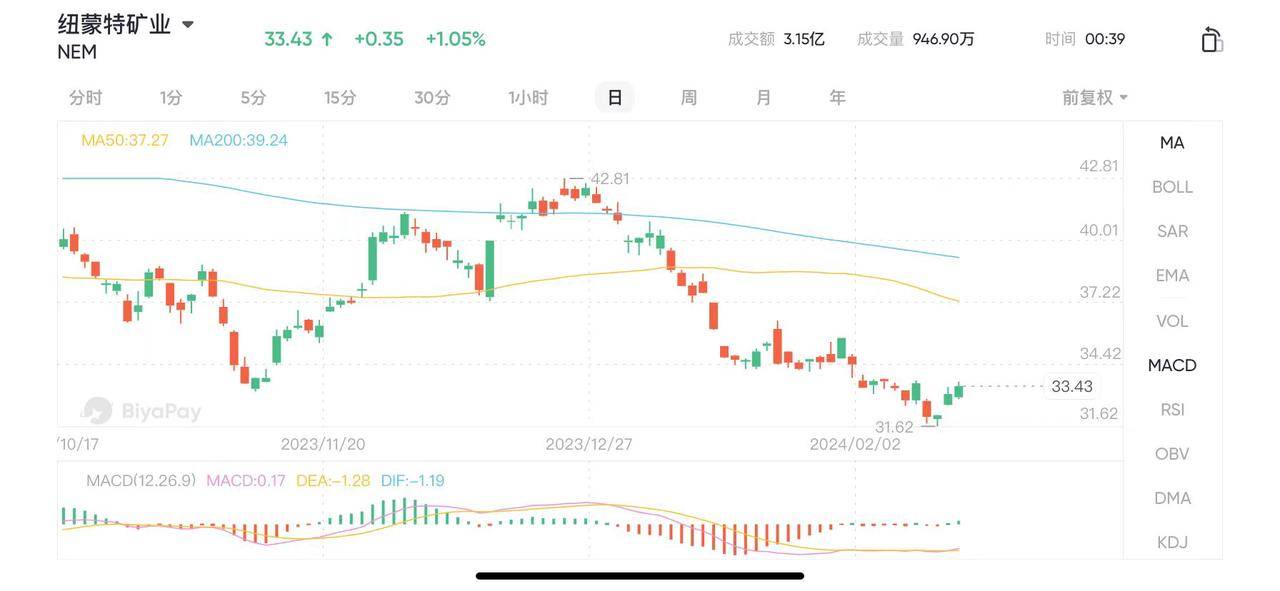
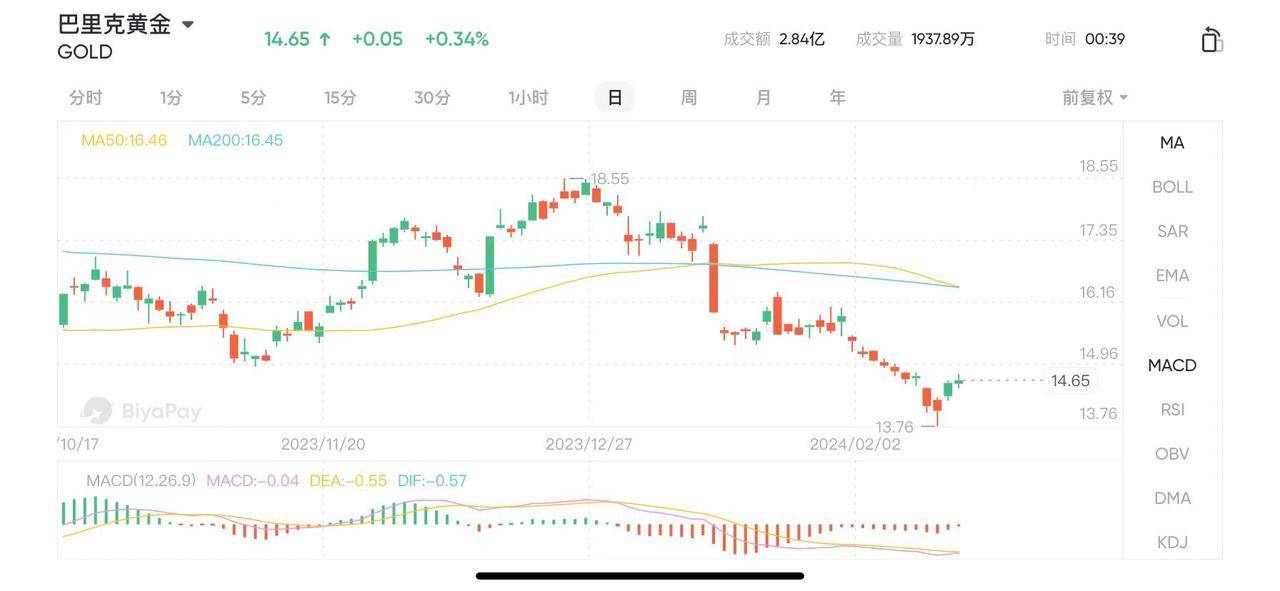
BiyaPay.io
- Gold ETFs: Investors can invest in gold through gold ETFs (Exchange-Traded Funds). SPDR Gold Shares (GLD) is a major gold ETF. Changes in gold prices usually directly affect the performance of these ETFs.
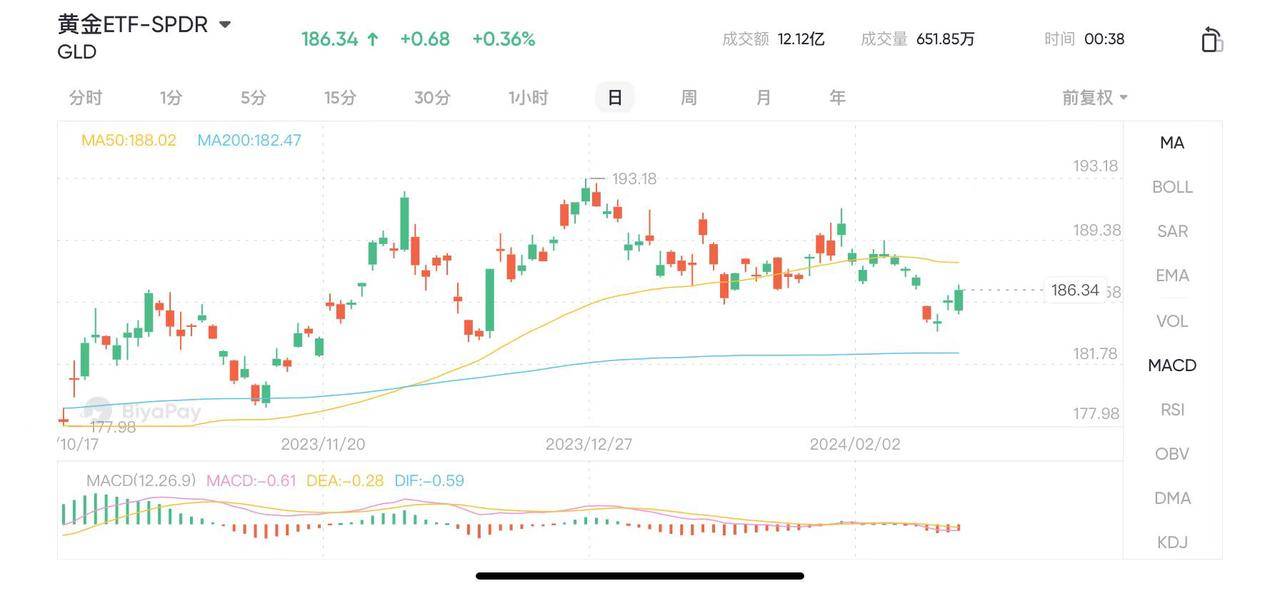
BiyaPay.io
- Gold Mining Development Companies: In addition to major gold mining companies, there are companies focused on the development and exploration of gold mines. Their stock prices are also affected by fluctuations in gold prices. For example,
- Kinross Gold Corporation (KGC): Based in Canada, but it also has gold mining projects in Nevada and Alaska in the U.S.
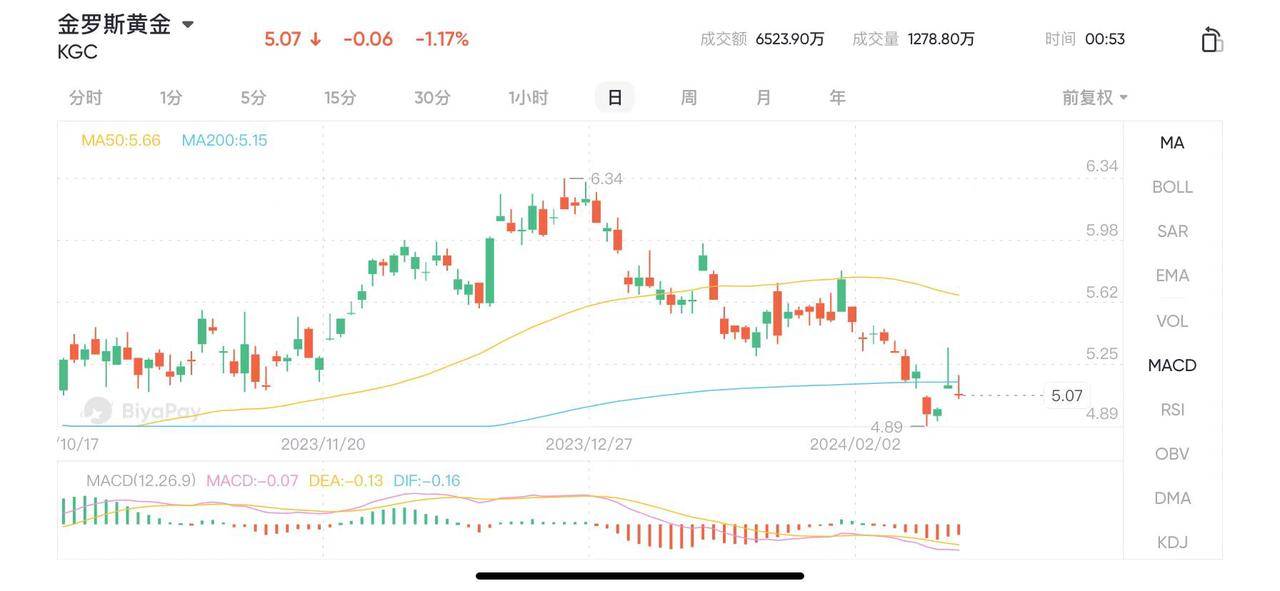
- New Gold Inc. (NGD): Based in Canada, but it has gold mining projects in Nevada and California in the U.S.
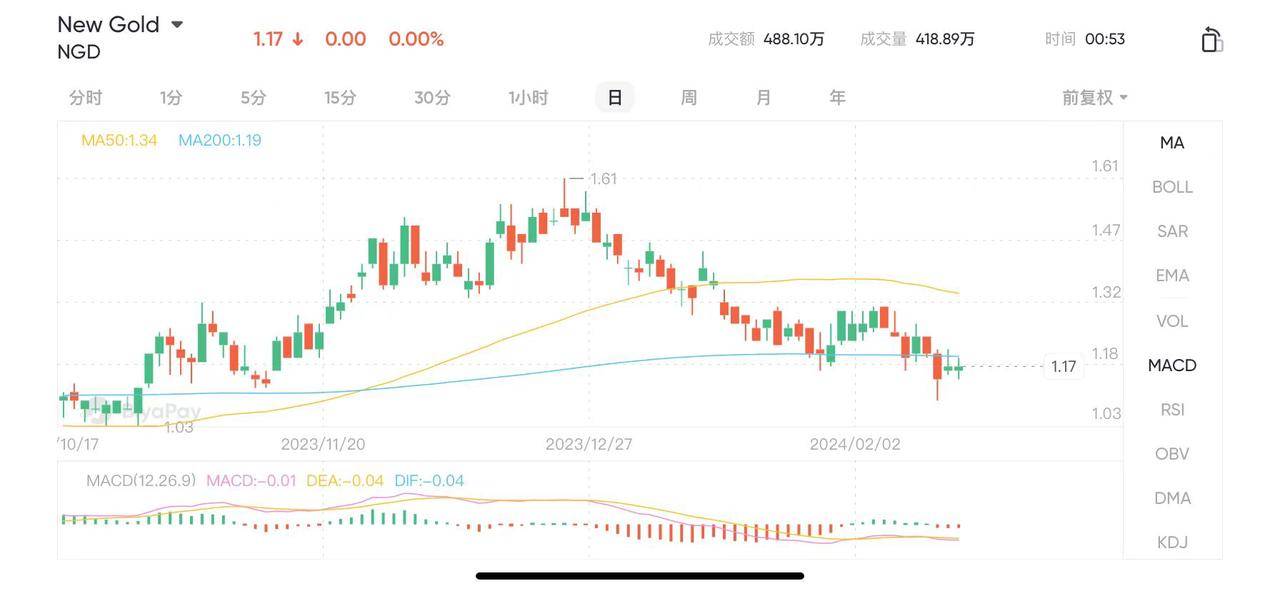
- Alamos Gold Inc. (AGI): Based in Canada, but it owns the Mulatos gold mine in Nevada, U.S.
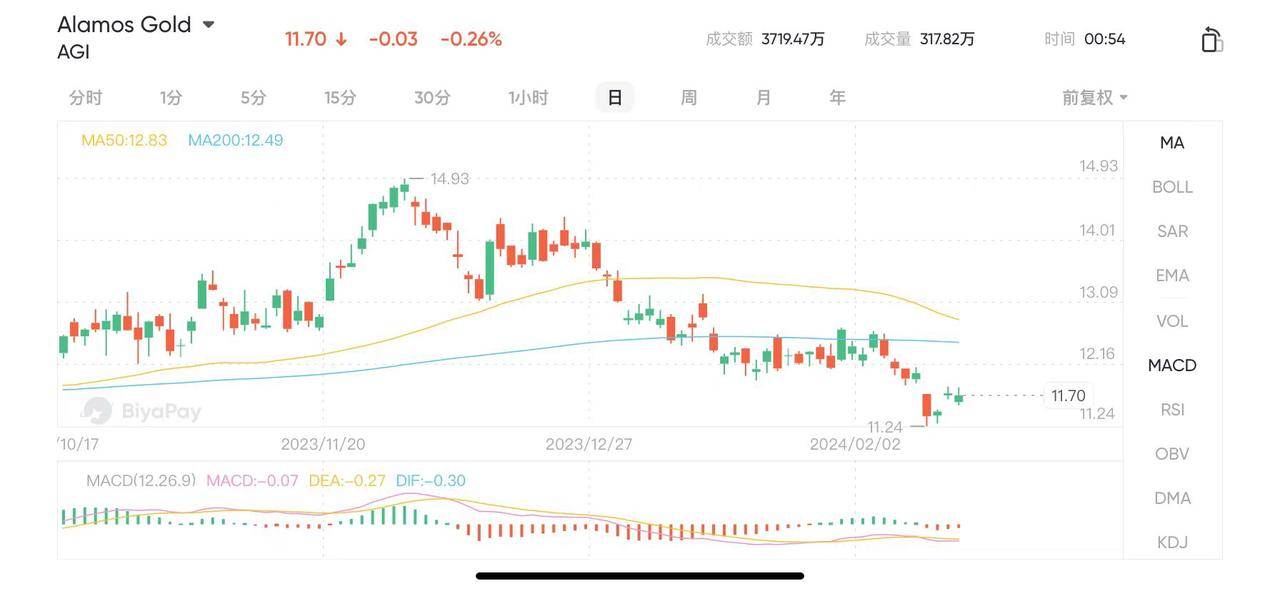
- Gold Resource Corporation (GORO): A small gold mining development company based in Colorado, focusing on gold development in Mexico and Nevada, U.S.
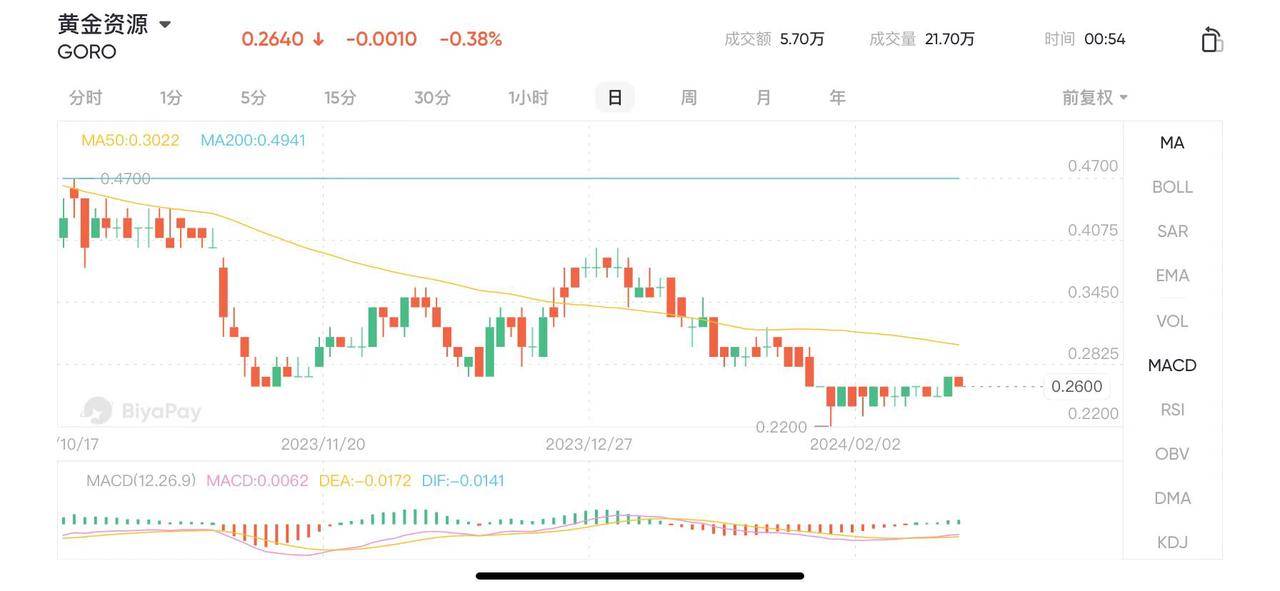
- Coeur Mining, Inc. (CDE): Based in Illinois, mining gold and silver in Nevada and Alaska, U.S.
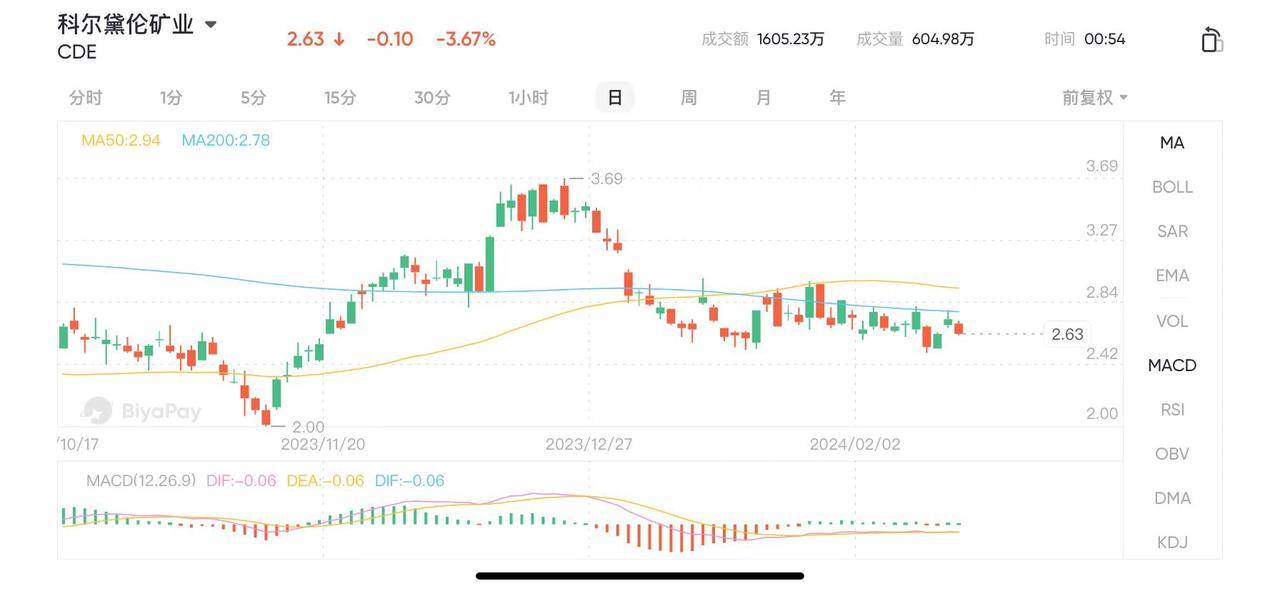
BiyaPay.io
- Gold Processing and Sales Companies: Companies like New Gold Inc. may be affected by fluctuations in gold prices, especially if they have significant business in gold processing and sales. In addition to this, there are other companies related to gold processing and sales.
- Royal Gold, Inc. (RGLD): Based in Colorado, primarily engaged in metal streaming and metal procurement business, as well as providing metal financial services.
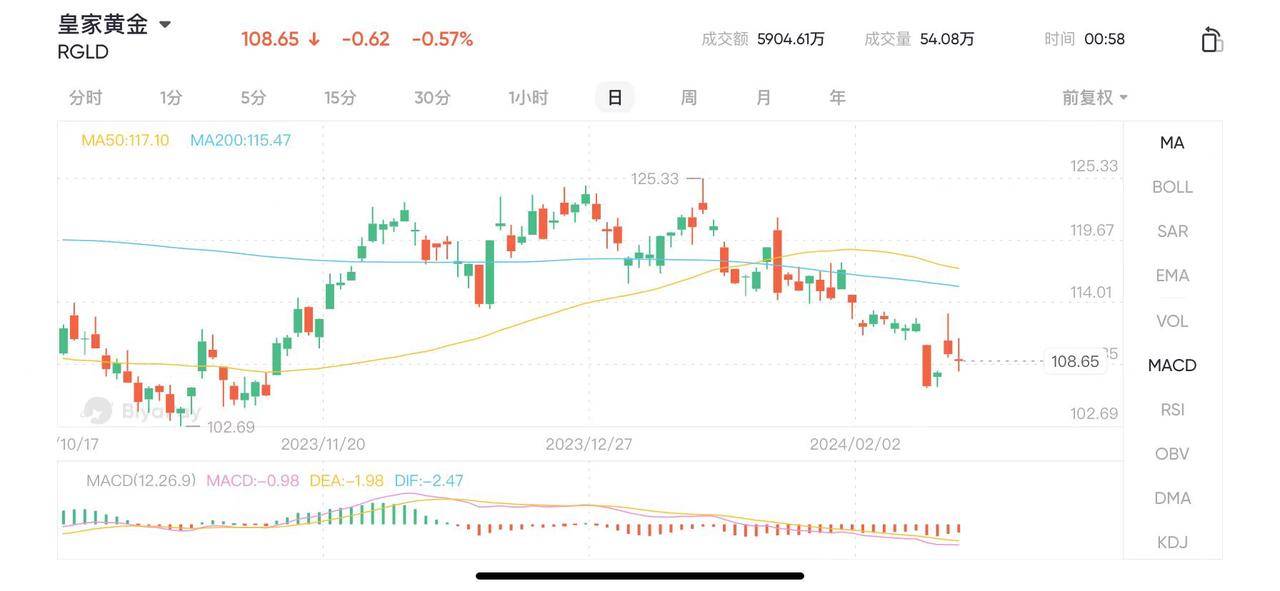
- Franco-Nevada Corporation (FNV): Based in Canada but listed on the New York Stock Exchange, mainly operates in the exploration, mining, and processing of precious metals and other resources.
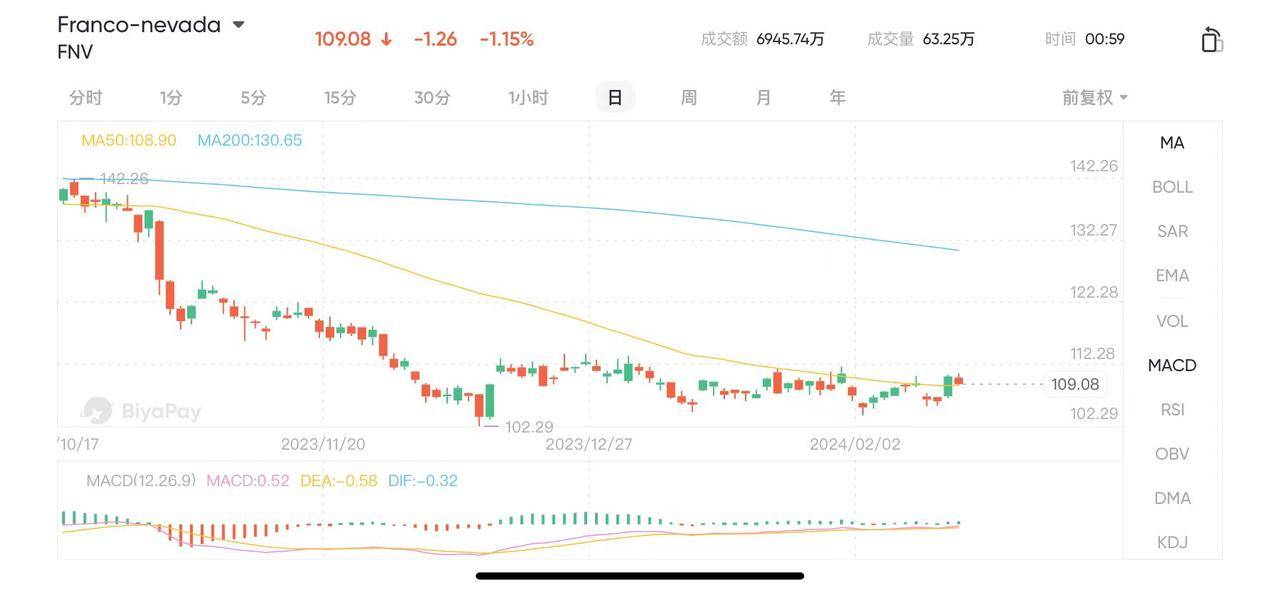
- Wheaton Precious Metals Corp. (WPM): Based in Canada but listed on the New York Stock Exchange, a precious metals streaming company mainly involved in silver and gold streaming.
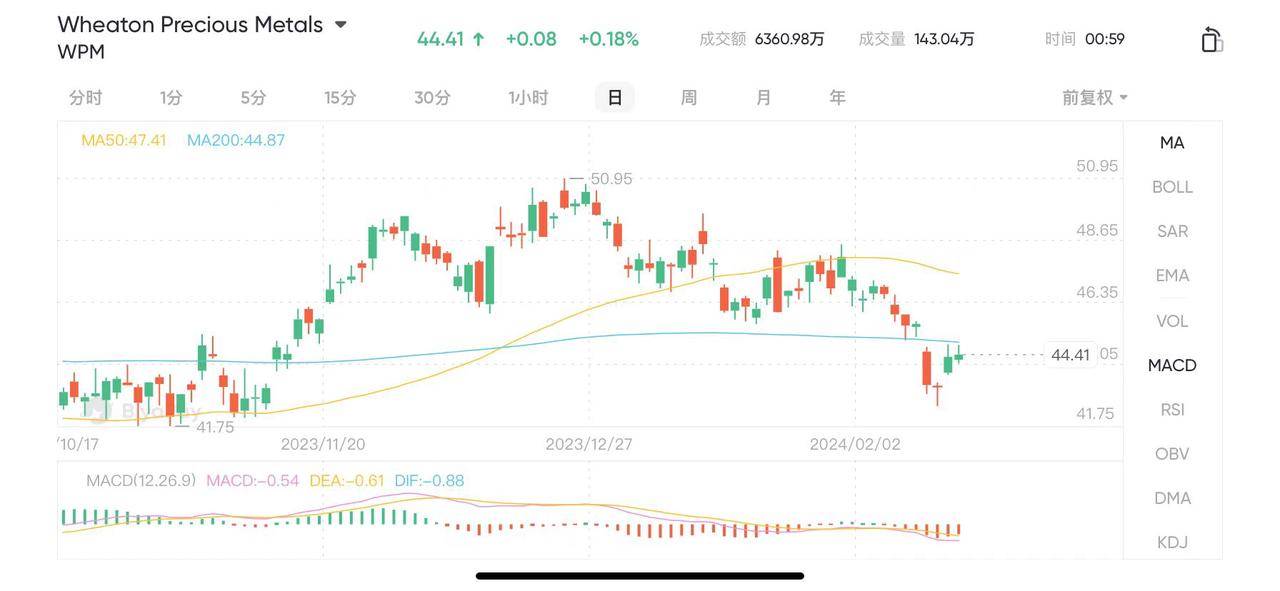
- Agnico Eagle Mines Limited (AEM): Based in Canada but listed on the New York Stock Exchange, mainly engaged in the exploration, mining, and processing of precious metal minerals.
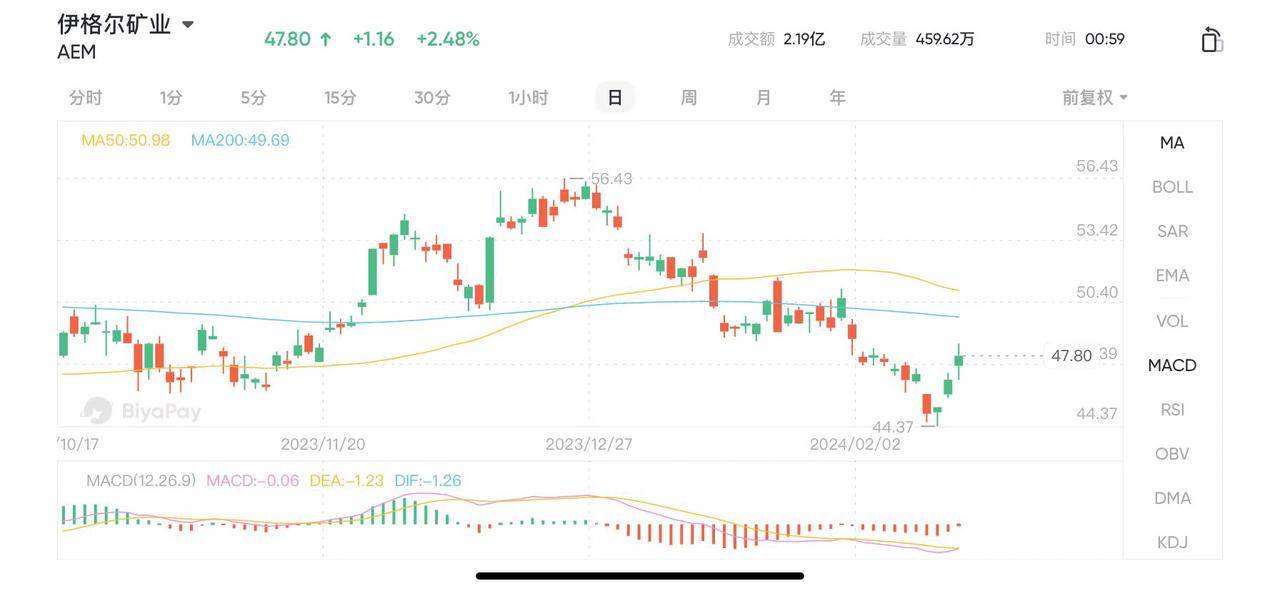
BiyaPay.io
Fluctuations in gold prices and gold-related U.S. stocks are of keen interest to investors. However, investing in gold and related stocks requires in-depth research and cautious consideration. Investors can continue to monitor price changes in relevant investment products on platforms such as Kraken and BiyaPay. They can also make informed decisions by keeping an eye on international situations and economic events. Wishing everyone greater gains in the new year.

























